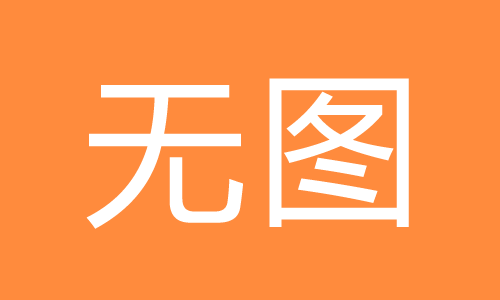1、命名空间
Flurl; Flurl.Http;
2、使用Nuget安装引用Flurl.Http(Fluent HTTP)
1)使用Nuget界面管理器
相关文档:VS(Visual Studio)中Nuget的使用
2)使用Package Manager命令安装
PM> Install-Package Flurl.Http -Version 2.4.2
3)使用.NET CLI命令安装
> dotnet add package Flurl.Http --version 2.4.2
3、执行GET和HEAD请求响应HttpResponseMessage
相关文档:HttpResponseMessage
getResp = ; headResp = ;
3、获取请求JSON数据
从JSON API获取强类型的poco对象:
T poco = await "http://api.foo.com".GetJsonAsync();
当创建类来匹配JSON时,非通用版本返回一个dynamic:
dynamic d = await "http://api.foo.com".GetJsonAsync();
从一个返回JSON数组的API获取一个动态列表:
list = .GetJsonListAsync();
4、获取请求strings, bytes, 和streams
text = .GetStringAsync();[] bytes = .GetBytesAsync(); Stream stream = .GetStreamAsync();
5、下载文件
path = .DownloadFileAsync(, filename);
6、Post提交数据(JSON、Html Form)
POST提交JSON数据
.PostJsonAsync( { a = , b = });模拟HTML表单post提交
.PostUrlEncodedAsync( {
user = ,
pass = });上述Post方法返回一个任务<HttpResponseMessage>。当然,您可能希望在响应体中返回一些数据:
T poco = url.PostJsonAsync(data).ReceiveJson<T>(); d = url.PostUrlEncodedAsync(data).ReceiveJson(); s = url.PostUrlEncodedAsync(data).ReceiveString();
7、配置http请求头(header)
url.WithHeader(, ).GetJsonAsync(); url.WithHeaders( { Accept = , User_Agent = }).GetJsonAsync();在上面的第二个示例中,User_Agent将自动呈现为User-Agent标题名称。(连字符在标头名称中非常常见,但在C#标识符中不允许;下划线,恰恰相反)。
使用Basic authentication验证:
url.WithBasicAuth(, ).GetJsonAsync();
await url.WithOAuthBearerToken("mytoken").GetJsonAsync();8、配置Fluent HTTP (Flurl)
设置超时(timeout)时间
url.WithTimeout().DownloadFileAsync(); url.WithTimeout(TimeSpan.FromMinutes()).DownloadFileAsync();
设置cookies
url.WithCookie(, , expDate).HeadAsync(); url.WithCookies( { c1 = , c2 = }, expDate).HeadAsync();取消请求
cts = CancellationTokenSource(); task = url.GetAsync(cts.Token); ... cts.Cancel();
一些不太常见的场景:
// 使用 "raw" System.Net.Http.HttpContent objectawait url.PostAsync(httpContent);// 使用HttpMethod指定请求方式await url.SendJsonAsync(HttpMethod.Options, poco);// 执行更复杂配置的请求await url.SendAsync( HttpMethod.Trace, httpContent, // optional cancellationToken, // optional HttpCompletionOption.ResponseHeaderRead); // optional



